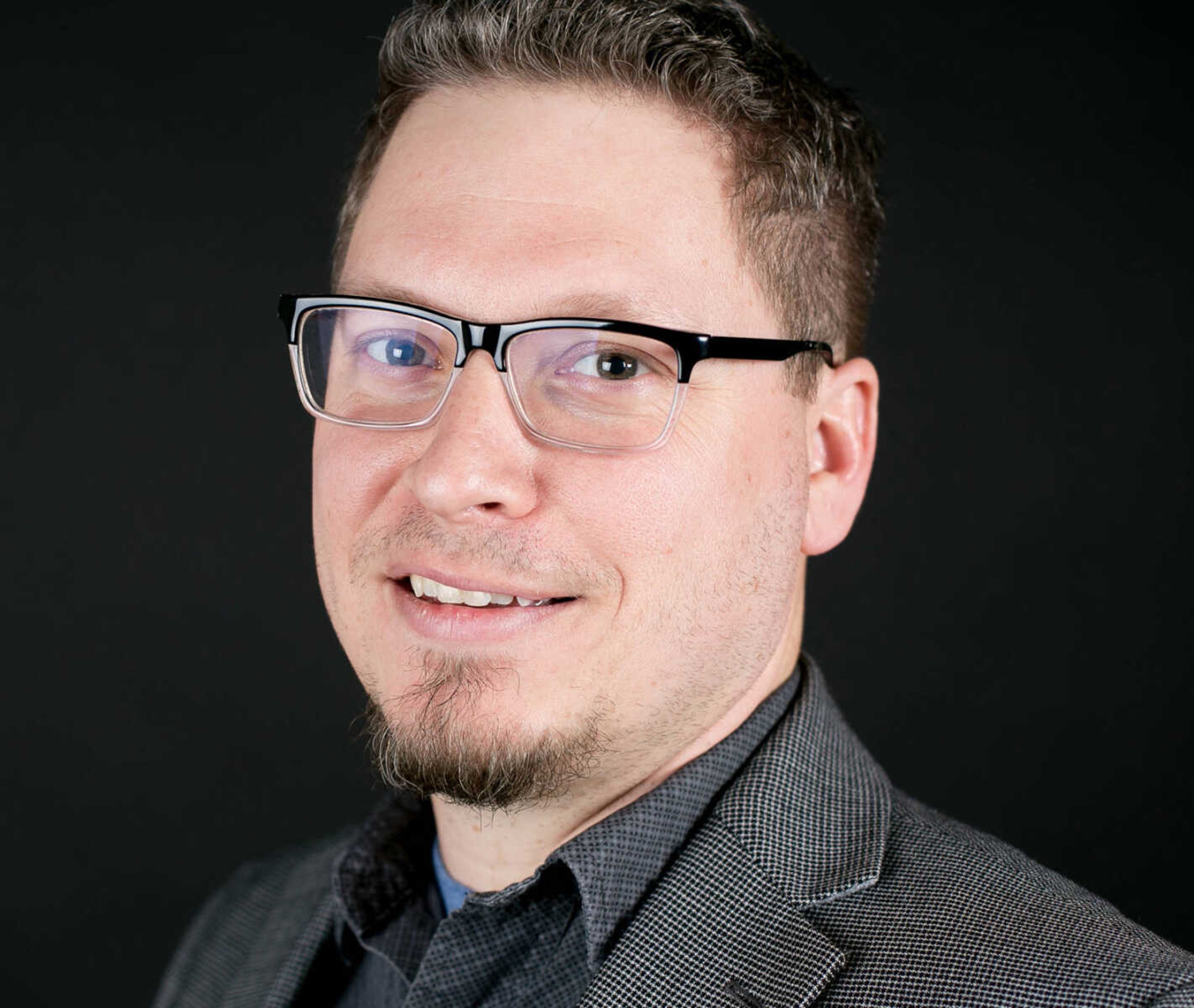The pride of John S. Cobb School
A tall, well-dressed black man with an ornery look about him picked up a copy of an old high school basketball team photo that was lying on the entry table at Drury Lodge. He studied the photo, then pointed to one of the tall guys in the middle of the back row...
A tall, well-dressed black man with an ornery look about him picked up a copy of an old high school basketball team photo that was lying on the entry table at Drury Lodge.
He studied the photo, then pointed to one of the tall guys in the middle of the back row.
"See that guy right there?" he asked. "Tough dude. All- ... State."
Who is it?
"Earl Daye. We were 1953 state champs."
Officially, the team was Class B state champs. The Cobb squad never got a chance to showcase its skills against white teams, but Daye is still proud of that team. That school.
He was one of about 100 black men and women who celebrated a John S. Cobb School reunion Saturday night in Cape Girardeau. They came from as far away as Detroit, California and Chicago.
Cobb was a small, all-black school before integration. The building was built in 1890 at 731 Merriwether St. and was named after Cobb in 1925. The school burned down three days after Daye and his teammates hoisted the state trophy, but the memories of the school, the teachers and friends carry on 51 years later.
The students, now with gray hair, remember the close quarters of Cobb. They rubbed elbows quite a bit as children. In retrospect, maybe that was a blessing because it drew the classmates closer together in friendship.
"We're a tight group," said Robert Wade, who was greeting guests at the entry table. "Cobb was also a grade school, and everyone is almost like family."
Indeed it appeared that way Saturday night as hugs were exchanged, stories told and memories shared all around.
"I remember how cooped up we were," said Robert Pettit, who graduated with eight others in 1950 and later served in the Korean War. "I think we had five classrooms for the first to eighth grade. And five teachers. All of them were very good teachers."
Several of the former Cobb students are proud of the quality education they received.
Louise Duncan, who graduated in 1949, bragged of the teachers and how well the students were prepared for life after high school -- despite not having the materials and textbooks that the white schools had.
"One thing about the teachers is that you had to learn what they were teaching you," she said. "They didn't pass you along just to pass you. You had to get the grades, and they made sure you did your homework and made sure you were on top of everything. They made sure we had the education we needed for college if you wanted to go. We had 21 or 22 in our class, and about two-thirds of them went to college."
The next school year after the fire, the high school students at Cobb all studied in the gymnasium, the only part of the school not damaged. White elementary students were moved from the old Jefferson School to May Greene, and black elementary students were moved into the old Jefferson School.
In the fall of 1954, the year the U.S. Supreme Court declared school segregation unconstitutional, and Cape Girardeau public schools segregated.
One of the women who attended Saturday night's reunion was Clara Daniels, the first black student to receive a diploma at Central High School.
She had enough credits to graduate after just one semester at Central, needing only a government class to meet Central's requirements. She also took driver's education.
"It was a scary experience going to the new school," she said. "The kids were all looking at me; I was looking at them. I did OK, but I couldn't get into the lessons because of the pressure."
Cobb School was originally called Lincoln School. It was later named after John S. Cobb, a Tennessee slave who was born in 1849. He later became a servant of a college professor, which led to his attendance at a Presbyterian college for black students in Maryville, Tenn. He taught for three years in a black school in Jackson, Mo., before moving to Cape Girardeau in the early 1880s. He supervised the school for several years. He died in 1919.
243-6635
Connect with the Southeast Missourian Newsroom:
For corrections to this story or other insights for the editor, click here. To submit a letter to the editor, click here. To learn about the Southeast Missourian’s AI Policy, click here.










